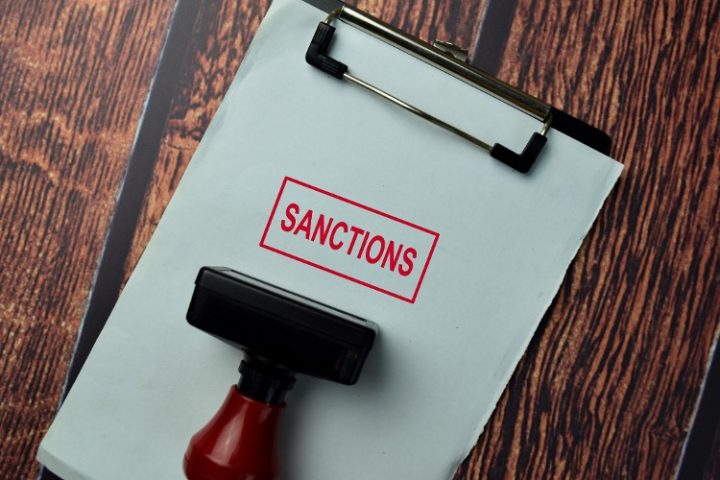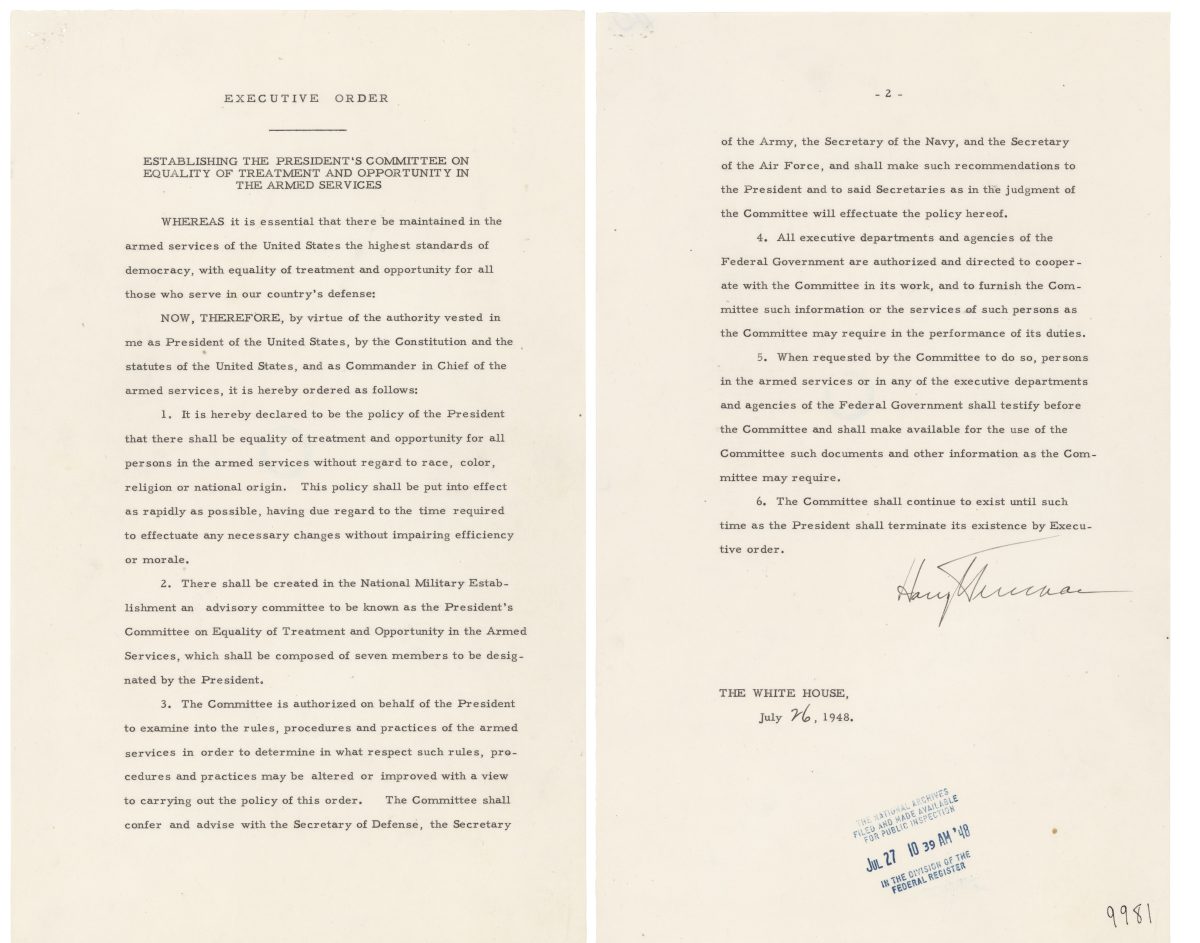
This article was originally published on New American - US. You can read the original article HERE

The National Emergencies Act (NEA) was enacted in September 1976 in order to formalize the emergency powers of the president of the United States, and as of March 2024, 82 national emergencies have been declared. Forty-two are currently in effect, dating back as far as the 1979 Iran hostage crisis during the Carter administration. The emergencies, in effect, are categorized under a variety of areas such as arms, legal, maritime, military, sanctions, seizure, and trade.
Of the 42 national emergencies currently in effect, nine have been declared by President Joe Biden’s administration. The remaining 33 were declared by previous presidential administrations, with eight declared by Donald Trump, nine declared by Barack Obama, 10 declared by George W. Bush, five declared by Bill Clinton, and one declared by Jimmy Carter.
Prior to the NEA, declarations by former presidents have included former President Woodrow Wilson’s “Proclamation 1354 — Emergency in Water Transportation of the United States,” which allowed the United States Shipping Board to control the sale and use of freight ships.
Former President Franklin Roosevelt’s “Proclamation 2039 — Bank Holiday, March 6-9, 1933, Inclusive” declared a bank holiday to impose restrictions on withdrawals in response to bank failures. After the Emergency Banking Act of 1933 was passed on March 9, 1933, banks received permission to reopen.
One of Roosevelt’s most-criticized acts as president was Executive Order 9066, signed on February 19, 1942, which authorized the imprisonment of Americans of Japanese ancestry at “relocation center” internment camps.

One of the most controversial examples of a presidential emergency declaration is Abraham Lincoln’s Executive Order No. 1 of February 14, 1862, which authorized the arrest of political prisoners and led to the Habeas Corpus Suspension Act signed by Lincoln on March 3, 1863, which then allowed Lincoln to suspended the writ of habeas corpus during the Civil War.
As far as current emergency declarations, notable examples include Biden’s sanctions to freeze property of the Russian government, prohibiting Russian-affiliated vessels from entering U.S. ports, and sanctions directing the Treasury Department to monitor or prohibit transactions that might help China develop technology that threatens U.S. national security.
Notable emergencies still in effect enacted during the Trump administration include the restrictions on the sale of Huawei electronic devices in the United States via Executive Order 13873, which prohibits U.S. companies from using telecommunications equipment considered to pose a national security threat.
This article was originally published by New American - US. We only curate news from sources that align with the core values of our intended conservative audience. If you like the news you read here we encourage you to utilize the original sources for even more great news and opinions you can trust!










Comments